

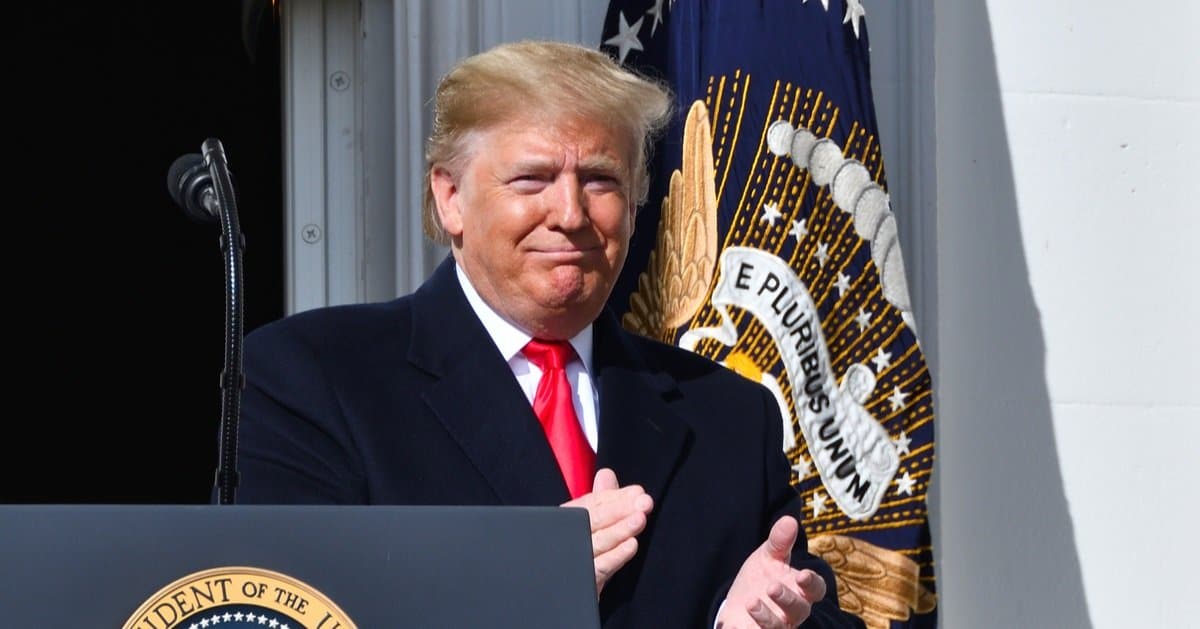

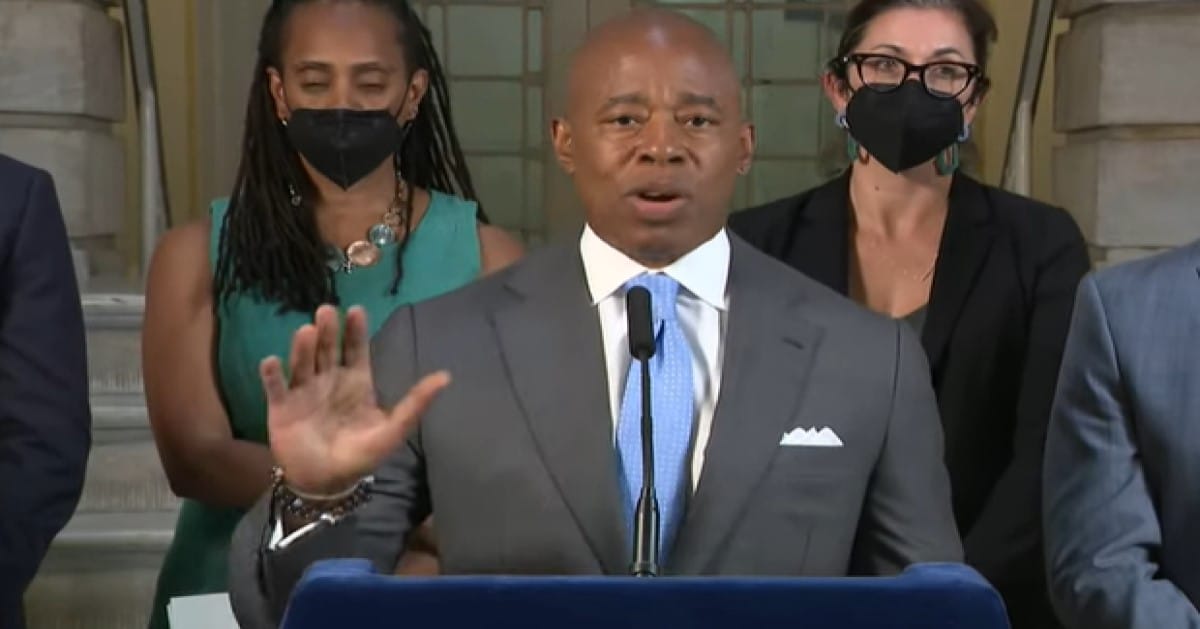
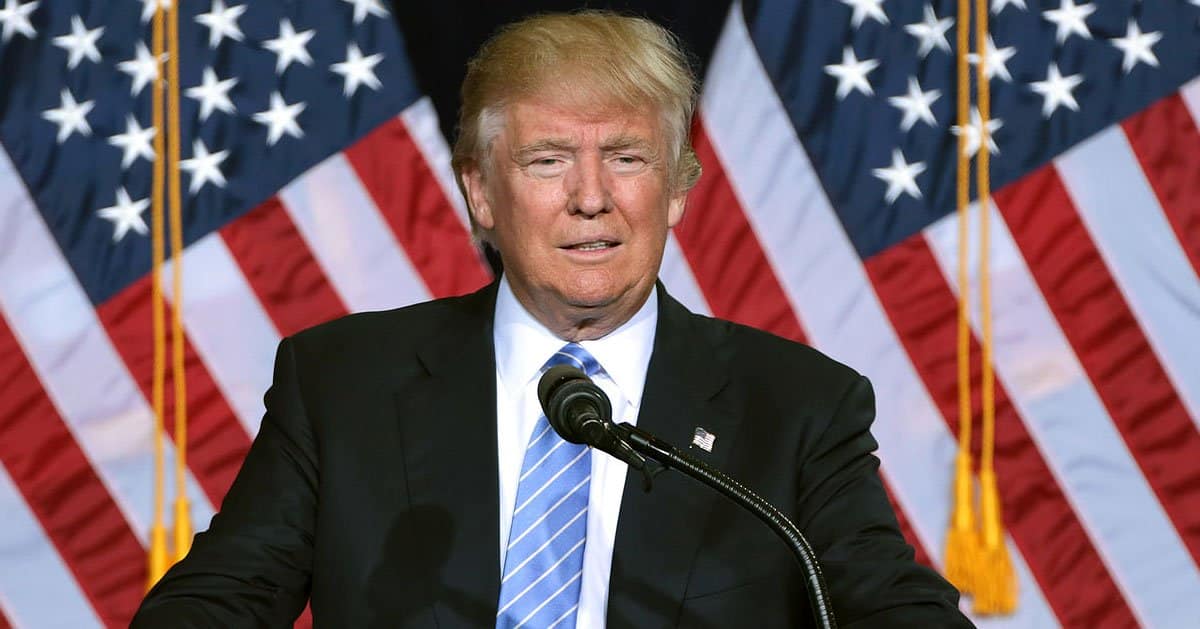
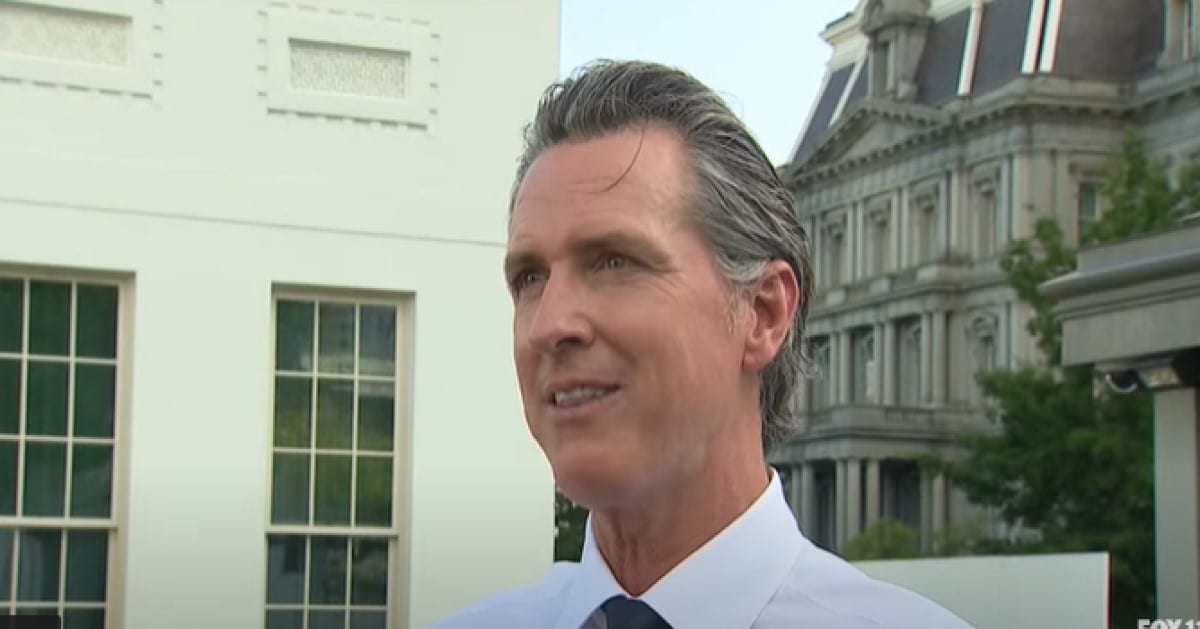
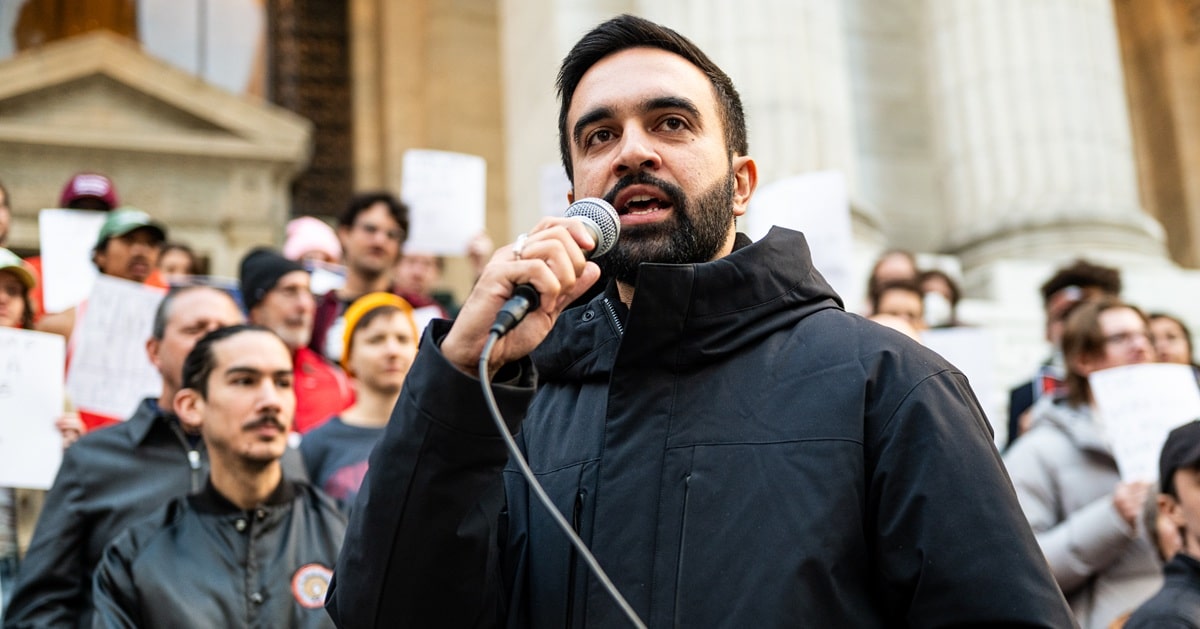
The Trump administration just dropped a bombshell on immigration enforcement, slashing the notice period for hefty fines on unauthorized migrants who dodge deportation orders.
The Daily Caller reported that on Friday, the Department of Homeland Security and Department of Justice rolled out a rule that lets penalties of up to $998 per day hit immediately for those ignoring removal orders. This move signals a no-nonsense approach to border control, but is it tough love or just tough?
The new policy allows fines up to $998 daily for defying voluntary departure rulings, with penalties ranging from $100 to $500 per illegal entry and up to $9,970 for failing to leave when ordered.
These measures, paired with incentives like free flights home and $1,000 stipends for voluntary departure, aim to curb unauthorized migration while offering a carrot alongside the stick. It’s a bold play to restore order at the border, unlike the Biden era’s looser grip.
Immigration and Customs Enforcement is already averaging over 1,600 arrests daily, a pace some Trump hardliners want to nearly double to 3,000. The administration’s record-low border encounters—7,180 crossings in March—show a stark contrast to the Biden administration’s 155,000 monthly average.
These fines aren’t new; they were first introduced under Trump but axed by Biden, who called them “unnecessary.” Now revived, the policy eliminates the 30-day grace period, meaning non-compliant migrants face instant financial heat. The Biden team’s reversal left borders porous, and Trump’s crew is eager to plug the gaps.
“The law doesn’t enforce itself; there must be consequences for breaking it,” said Assistant DHS Secretary Tricia McLaughlin. Nice sentiment, but consequences without compassion can feel like a sledgehammer. The administration’s offering free flights and stipends to soften the blow, but only for those who play ball.
Voluntary departure gets a sweet deal: a $1,000 stipend and forgiveness of past deportation fines. It’s a pragmatic nudge to get migrants out without racking up crushing penalties. But will it convince those already entrenched to pack up and go?
U.S. “border czar” Tom Homan took center stage at the White House’s “One, Big, Beautiful Event” on June 26, 2025, hyping the administration’s immigration crackdown.
His speech underscored Trump’s commitment to law and order, a message resonating with supporters tired of open-border policies. Yet, the pomp risks alienating those who see migrants as people, not just statistics.
“President Trump and Secretary Noem are standing up for law and order,” McLaughlin declared. Standing up, sure, but standing on the necks of the desperate? The policy’s incentives suggest a hint of empathy, but the fines scream enforcement first.
In May, not a single migrant was released into the country under Trump’s watch, a feat unimaginable during Biden’s term, when 62,000 were let in that same month.
The contrast paints a picture of discipline versus disorder. But discipline that punishes without addressing root causes might just kick the can down the road.
The $1,000 stipend and free flights are a clever carrot to dangle, but the stick—fines up to $9,970 for non-compliance—is no joke. Migrants who stay face a financial vise that could crush their hopes of stability. It’s a high-stakes gamble that assumes fear of fines trumps the lure of opportunity.
“Financial penalties like these are just one more reason why illegal aliens should use CBP Home to self-deport now,” McLaughlin urged.
CBP Home sounds like a travel agency, but it’s a deportation portal—hardly a warm invite. The administration is banking on migrants choosing the path of least resistance.
ICE’s 1,600 daily arrests are a testament to the policy’s muscle, but hardliners pushing for 3,000 show an appetite for even more. The March border numbers—7,180 crossings—are a bragging point, but they don’t tell the whole story. What happens when desperation outpaces enforcement?
Trump’s team is framing this as law and order done right, with incentives to ease the sting of departure. Yet, the immediate fines feel like a thunderclap meant to scare more than solve. A truly balanced approach would tackle why migrants risk everything in the first place, not just how to boot them out faster.



